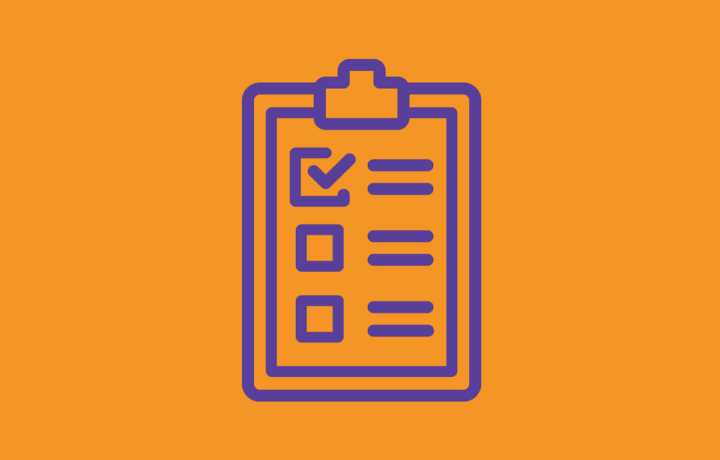Employees
A guide to looking after the health and wellbeing of your employees
 The relationship between mental wellbeing and performance at work is much better understood now than it was even just a few years ago.
The relationship between mental wellbeing and performance at work is much better understood now than it was even just a few years ago.
No matter the size of the business, more emphasis is being placed on the emotional and physical wellbeing of staff. There’s also plenty of research that shows a happy workforce increases performance and productivity in a business. Employees who feel physically and emotionally healthy are more likely to be engaged, productive and committed to their jobs. According to the Mental Health Foundation, addressing wellbeing at work increases productivity by as much as 12 per cent. A Deloitte study published in 2020 found that for every £1 spent on mental health interventions by employers, they get back £5 in reduced absence, presenteeism and staff turnover.
The effects of coronavirus will impact our ways of working for many months, if not years. And with one in four people expected to deal with some sort of challenge to their mental health at some point in their life, it is highly likely that some of your employees might need extra support while at work.
The legal position
According to the Chartered Institute of Personnel and Development (CIPD), in Great Britain, the Equality Act 2010 includes many mental illnesses which can legally be classed as a disability. Employees may qualify for protection under the act if there is a substantial and long-term effect on their ability to carry out normal day-to-day tasks. Even if someone’s mental health condition has not been classed as a disability within the definition of the law, it is still good practice to make appropriate adjustments to their work or working pattern to support them.
First steps – getting the basics in place
There are lots of charities and bodies which provide employers with information and resources designed to help you support staff health and wellbeing. Mind, the Mental Health Foundation and the CIPD are all good places to start finding out what you can do to support and promote mental wellbeing at work. Mind and CIPD have co-produced a guide for businesses, which includes checklists and templates, to supporting mental health at work for anyone involved in managing people.
Think about what procedures you need to introduce or update to help you support your staff. Do your employees know who at work they can talk to about their wellbeing? Don’t assume that they do – you may find that some are struggling in silence. If you’ve never talked to them about mental health and wellbeing at work, consider how you can have that conversation and consult with your staff about what they would find helpful. This will allow you to move from awareness to action. You will likely find that your employees value being consulted and might want to help build procedures and support systems.
- Do your reading – this will help you understand how your employees might be affected and what different types of support you can offer
- Consider whether there is anyone in your business who might want to be involved in creating or updating your procedures
- Share information with employees. Talk to your teams about what you are doing and why and ask them what type of support they would like to see put in place
Once you have the basics in place, you might want to think about training. Providing training for yourself and a few individuals in your team can give you the confidence to know you’re doing the right thing if someone in your team needs support. It will also signal to your employees that this is something the business is taking seriously, which in turn is going to make them feel valued. Mental Health First Aid (MHFA) is the largest provider of mental health first aid training in the UK and Europe and is accredited by the Royal Society for Public Health. It provides online and on-site learning options, ranging from basic mental health awareness sessions to a full mental health first aider qualification.
Over the next three to six months – supporting staff health and wellbeing
If your employees have found their jobs have changed significantly, are going to be working from home for the foreseeable future as a result of coronavirus, or if you have a blend of staff in the office or on site and employees who are working remotely, this is going to throw up challenges when it comes to people management, maintaining motivation and performance. Research shows that when employees aren’t in regular contact with colleagues or managers, their productivity can drop. This isn’t the case for all workers, but a lack of contact can result in people beginning to feel their work is invisible or undervalued. Over a long period of time, isolation can cause employees to feel less connection to the company.
“Employers need to ensure they don’t take an ‘out of sight, out of mind’ approach to managing the mental health of remote workers”, argues Health Assured CEO David Price. It can be “particularly taxing” working remotely and “being isolated from the rest of the organisation”. Feedback and regular assessments of how your team’s experience is turning out will be vital. Think about whether you need to introduce or change personnel management systems or introduce more frequent check in sessions with staff. You should make sure that these don’t fall by the wayside the longer people are working in their new “normal”. Motivation and performance are things that have to be continuously worked on or even your most dedicated employees might start to feel disenchanted.
Employees might have been willing to adapt their jobs when coronavirus first hit but that doesn’t mean they’re equally willing for their changed role to become permanent. This is something you need to consider and consult with your employees on. Talking to them about their ambitions and expectations about their job and what they’re willing to be flexible about is a vital step as you think about the long-term future of your business.
- Think about whether you need to introduce or improve personnel development systems. People still want to feel like their career is progressing and that their company cares about their development
- Talk to employees about how their work might change, your aims for the business and where their role will be in that
- Look out for employees who you haven’t heard from recently. The absence of communication from an employee can often be a sign they’re struggling
Over the next year
A work environment where every employee feels like staff health and wellbeing is taken seriously doesn’t come overnight. Neither is it enough to introduce policies and consider it job done. Consider embedding employee wellbeing into your business objectives or long-term strategy planning. The organisations Mental Health at Work and The Prince’s Responsible Business Network both produce resources to help employers develop and implement wellbeing strategies. Employers need to schedule regular reviews of their policies and ask employees for honest feedback on whether they feel progress has been made or what could be improved. Leadership is a key aspect of promoting staff health and wellbeing. If your employees believe that you want to foster a supportive workplace and they see you taking action to do it, they will feel much more engaged and positive about whatever initiatives are put in place.
- Consciously promote behaviour and policies which support mental wellbeing in the workplace
- Consider embedding wellbeing into management accountability
- Report regularly to your employees regarding company performance on the topic of wellbeing
Considering your approach to mental health and wellbeing at work can make a huge difference to the productivity, happiness and engagement of your employees. There’s plenty of help and advice out there, beyond what we’ve laid out here. Follow these areas of focus, and you can make wellbeing a central pillar of your approach to management.


